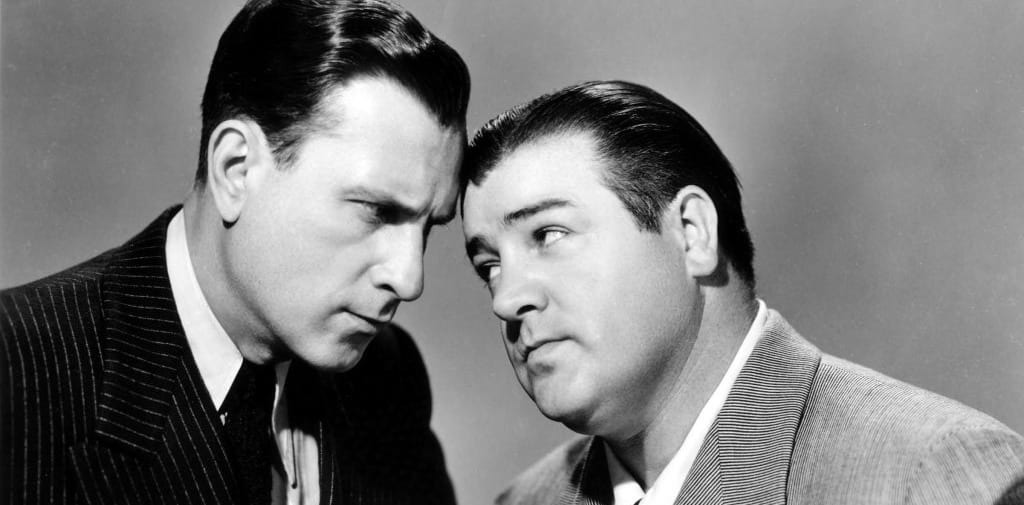
TV Films Seek Hollywood’s Top Cinematographers
Increased TV film production is taking up the slack in employment of Hollywood cameramen, as more and more are finding challenging new assignments in the bustling new industry.

In contrast with the marked tapering off in major studio activity, television film production in Hollywood currently is at an all-time high. This has proved a boon to the motion picture industry’s directors of photography, many of whom — dropped from studio weekly payrolls — have found a ready market for their talents among the producers of TV films.
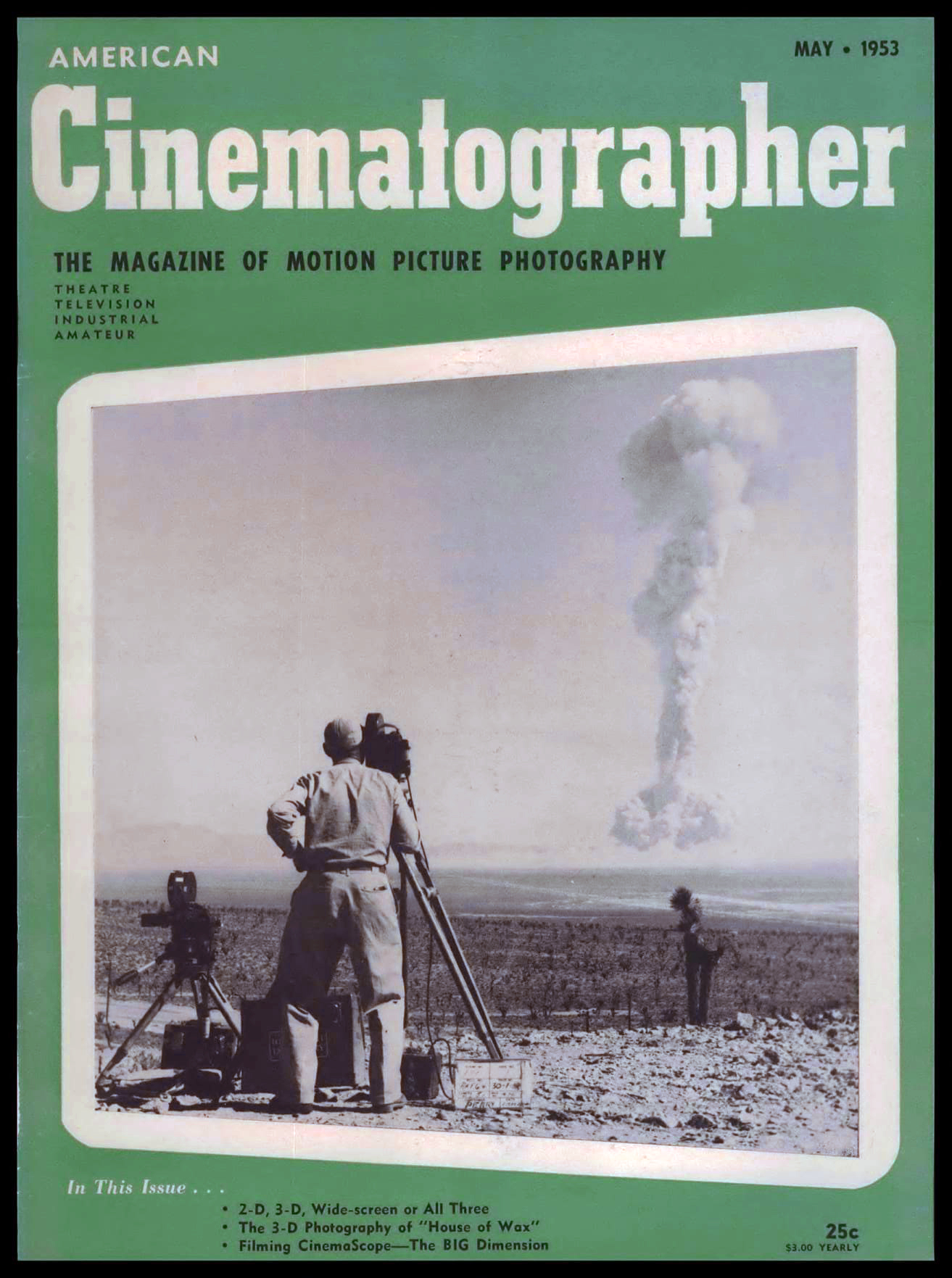
During the month of April, an average of 35 cinematographers each week were shooting TV films in Hollywood, not counting those engaged in filming TV commercials. It has been a long time since there have been that many cameramen working simultaneously in feature film production. All this points not only to the healthy condition of the TV film field but reveals how an industry, given scant chance for survival by many 24 months ago, now is supplying the major employment for Hollywood’s cinematographers.
It is interesting to note how more and more TV film producers are re lying on experienced directors of photography, having years of major studio experience, to photograph their video film productions. Of the 33 cinematographers shooting TV films last month, 23 were men with long records in the major studios.
These men, and the films or series for which they were engaged to shoot, are listed below. Not included are names of those cinematographers who photographed pilot films. Some of the more experienced TV cameramen, it will be noted, photographed more than one TV series:
- GERT ANDERSON: Ford Theatre series of ½ hr. dramas for Screen Gems.
- LUCIEN ANDRIOT, ASC: Life of Riley series of ½ hr. situation comedies for Hal Roach Productions.
- JOSEPH BIROC, ASC: I Am The Law series of ½ hr. dramas for Cosman Productions.
- NORBERT BRODINE, ASC: Crown Theatre series of ½ hr. dramas for Bing Crosby Productions; also, Tales of a Wayward Inn series of ½ hr. dramas for Showcase Productions.
- WILLIAM BRADFORD, ASC: Death Valley Days series of ½ hr. western adventures for Flying A Productions.
- DANIEL CLARK, ASC: Favorite Story series of ½ hr. dramas for ZivTV Corporation.
- ED COLMAN: Dragnet series of ½ hr. detective dramas for Mark VII Productions.
- ROBERT deGRASSE, ASC: Amos ’n Andy series of ½ hr. comedies for Hal Roach Productions.
- CLYDE DEVINNA, ASC: The Joan Davis Show series, ½ hr. comedies for Joan Davis Productions.
- GEORGE DISKANT, ASC: My Hero ½ hr. dramatic shows for Four Star Productions.
- CURT FETTERS: Cisco Kid series of ½ hr. westerns for ZivTV Productions.
- ELLSWORTH FREDERICKS: Chevron Theatre series of ½ hr. dramas for Revue Productions.
- KARL FREUND, ASC: I Love Lucy and Our Miss Brooks series of situation comedies for Desilu Productions.
- FRED GATELY, ASC: Big Town series of ½ hr. dramas for Gross Krasne Productions; also Linkletter and the Kids series of V4'hr. telepix for John Guedel Productions.
- JACK GREENHALGH, ASC: This is the Life series of ½ hr. religious films for Family Films, Inc.
- RUSSELL HARLAN, ASC: Playhouse of the Stars series of ½ hr. dramas for Meridan Pictures, Inc.
- BENJAMIN KLINE, ASC: Fireside Theatre series of ½ hr. dramas for Frank Wisbar Productions.
- JACK MACKENZIE, ASC: The Abbott and Costello Show series of ½ hr. comedies for Cosman Productions.
- ERNEST MILLER, ASC: Death Valley Days series of ½ hr. western dramas for Flying A. Productions.
- WILLIAM MELLOR, ASC: Adventures of Ozzie and Harriett series of ½ hr. situation comedies for Volcano Productions.
- JOE NOVAK: Roy Rogers series of ½ hr. western adventure films for Roy Rogers Productions.
- KENNETH PEACH, ASC: Ramar of the Jungle ½ hr. jungle adventure series for Arrow Productions; also Cowboy G-Men series of ½ hr. westerns for Telemount Pictures, Inc., and Mr. and Mrs. North series of ½ hr. dramas for Federal Telefilm. Inc.
- ROBERT PITTACK, ASC: Private Secretary series of ½ hr - comedies for Jack Chertok Productions.
- JOHN L. (JACK) RUSSEL, ASC: Alternates with William Bradford, ASC, on Death Valley Days for Flying A. Productions.
- MACK STENGLER, ASC: The Liberace Show series of ½ hr. musical telepix for Snader Telescription Corp.
- ALAN STENSVOLD: Smilin’ Ed’s Gang series of ½ hr. detective dramas for Frank Ferrin Productions.
- HAROLD STINE: The Red Skelton Show series of ½ hr. comedy telefilms for Key Productions.
- CHARLES STRAUMER: The Hank McCune Show series of ½ hr. situation comedies for Video Pictures, Inc.
- WALTER STRENGE, ASC: My Little Margie series of ½ hr. situation comedies for Roland Reed Productions.
- PHILIP TANNURA, ASC: The Burns and Allen Show series of ½ hr. situation comedies for The McCadden Corp.
- STUART THOMPSON, ASC: Photographs three different series of ½ hr. shows for Soveriegn Productions: Your Jeweler’s Showcase, General Electric Theatre, and Cavalcade of America.
- JAMES VAN TREES, ASC: You Bet Your Life — weekly ½ hr. audience participation show with Groucho Marx, for Filmcraft Productions.
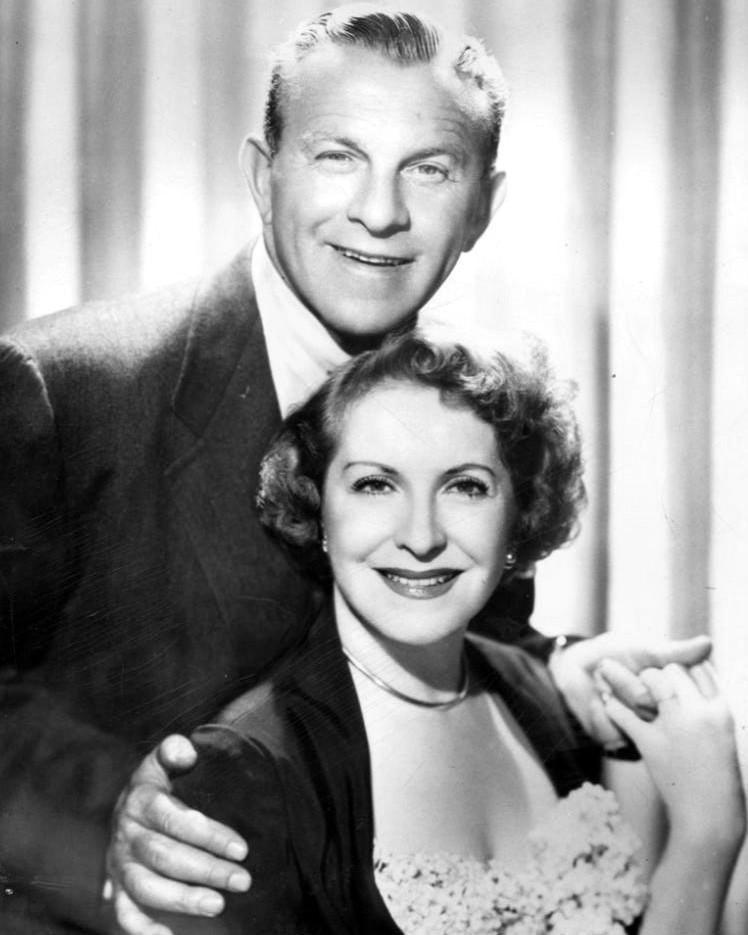
Among the above-named cinematographers are at least four who may be considered “pioneers” in the field of TV film photography — considering that the industry got onto firm ground only about four years ago. These are Kenneth Peach, who got his first TV film assignment with Jerry Fairbanks, and shot many of the Public Prosecutor and Front Page Detective films. The real pioneer and probably the first one in Hollywood to shoot a TV film series was Jerry Fairbanks himself. It was Fairbanks who saw the future of film in television long before anyone else and who backed up his hunch by shooting a complete TV film series, Jackson and Jill, for NBC. The name of Lester White, ASC, not mentioned in the listing above (he’s currently on contract with Columbia Pictures shooting 3-D) also belongs among the pioneers. It was he who took over photography of Fairbanks’ initial film series, when the activity expanded and consequently demanded more of Fairbanks’ time in organizational matters.
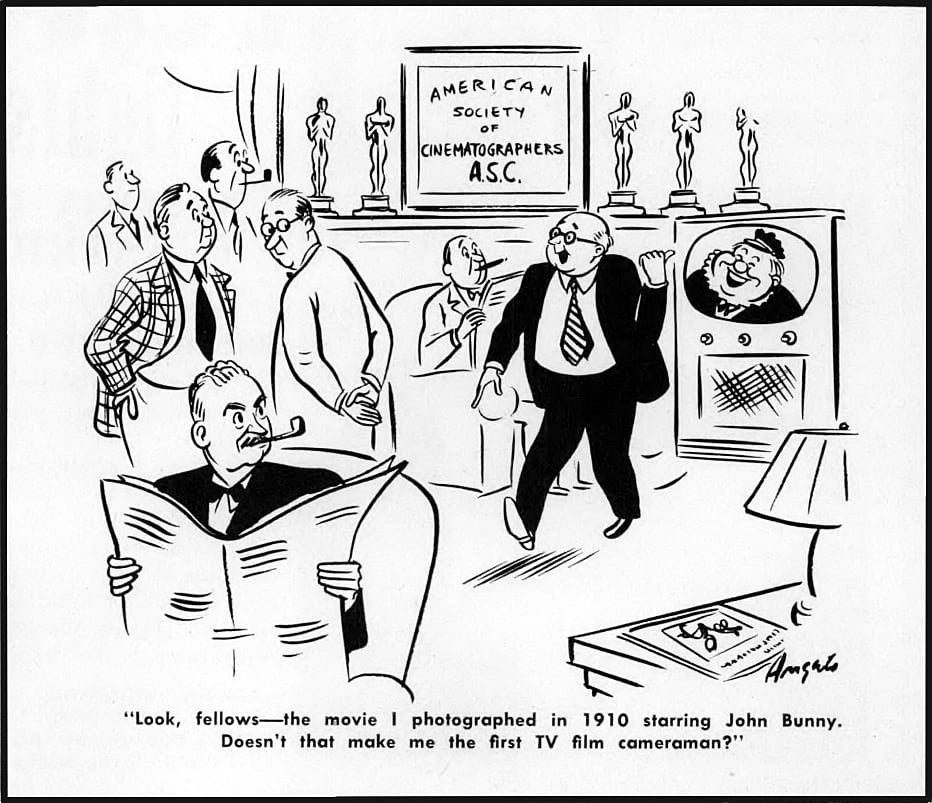
William Bradford, perhaps, has as long a record as a photographer of TV films as any cameraman in the industry. He photographed the first TV film to garner an Emmy Award of the Academy of Television Arts and Sciences, and continued filming the series for sometime. This was the series sponsored by Lucky Strike cigarettes, and produced by Grant-Realm Productions in 1949. Subsequently, Bradford was signed by Gene Autry’s Flying A Productions to direct the photography of its initial series of TV films. In 2½ years, he has photographed approximately 160 TV films for this company.
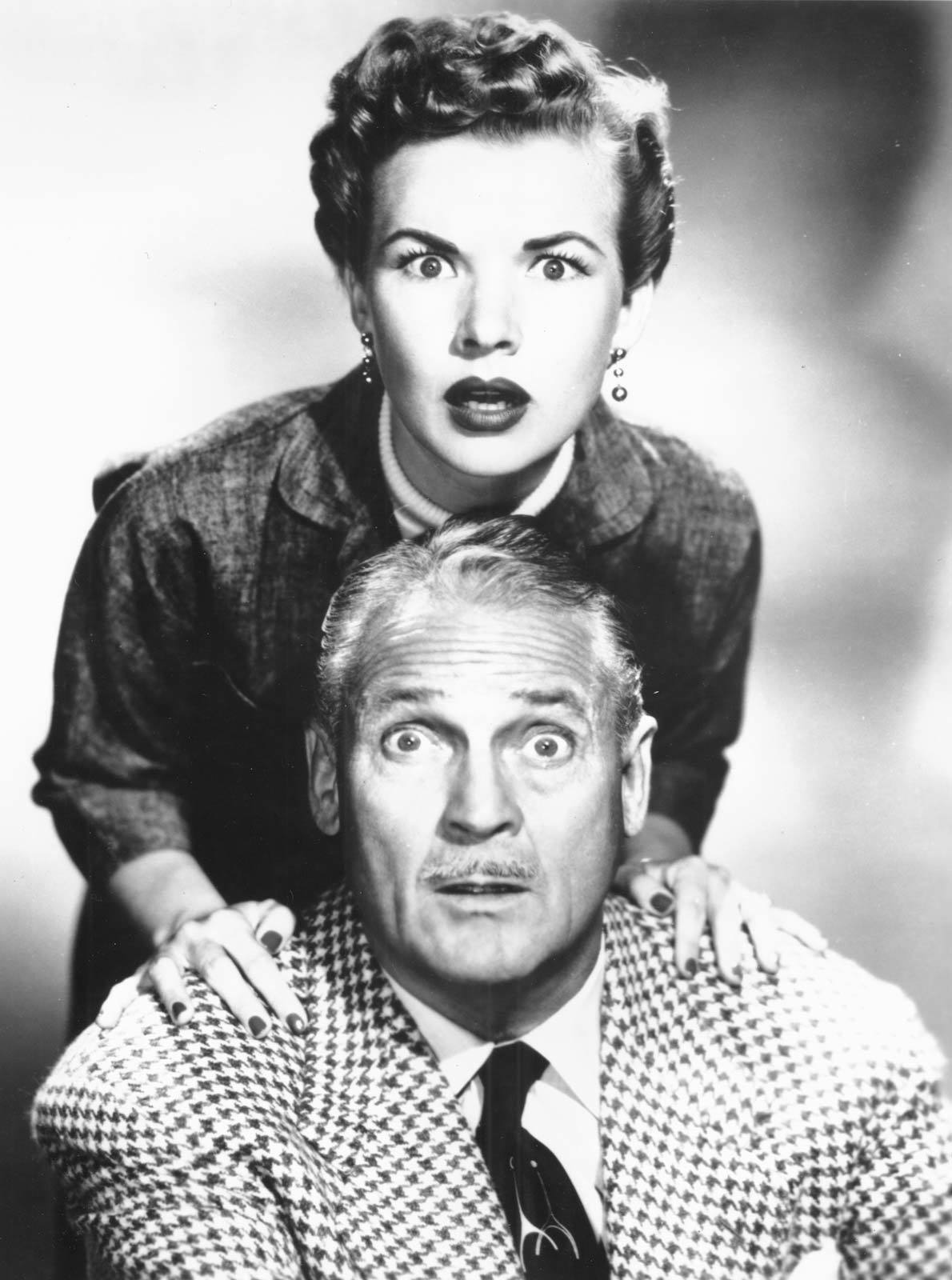
Walter Strenge, another TV film pioneer, has been Roland Reed’s director of photography for many years. Having shot most of the commercial and religious films produced by this company, he photographed the company’s first TV pilot films, and has shot almost every TV film the company has produced to date. Besides more than 300 commercials, Strenge has shot 271 TV films for Roland Reed. These include 48 in the Great Men and Women in America series, begun July 29, 1949; the pilot film of the Life of Riley series in November, 1949; 40 Snader Telescriptions; 94 films in the Trouble With Father series; 18 in the Mystery Theatre series”; 33 in the Beulah series; and, to date, 40 films in the My Little Margie series, which he continues to photograph weekly.
Early in 1949, Benjamin Kline was called in to photograph a pilot film for Frank Wisbar — the film that started the present Fireside Theatre series. To date, Kline has shot more than 175 films in this series. But his record includes more than Fireside Theatre. Before he photographed Frank Wisbar’s pilot film, he had already shot the first 6 of the Rebound series for Bing Crosby Enterprises. Later he godfathered the entry of several other film series in the fast growing world of TV film production, including the first 6 Racket Squad films for Hal Roach; the first 6 Amos ’n Andy TV films, also for Hal Roach, and the initial group of TV films for Screen Televideo, know now as Sovereign Productions. In between shooting Fireside Theatre, Kline photographs an occasional feature film production “just to keep my hand in the other phase of the business,” he says. He will shortly photograph his first 3-D film in color, then resume shooting Fireside Theatre.
Among the newer members of the TV film photographers’ fraternity are such well-known names as William Mellor, ASC, who won an Academy Award last year for the photography of A Place In The Sun; Charles Lang, ASC, also an Academy Award winner (for photography of A Farewell To Arms in 1933) ; Karl Freund, ASC, whose photography of The Good Earth netted him an Academy Award in 1937; and Clyde DeVinna, ASC, an Oscar winner in 1929 for White Shadows In The South Seas.
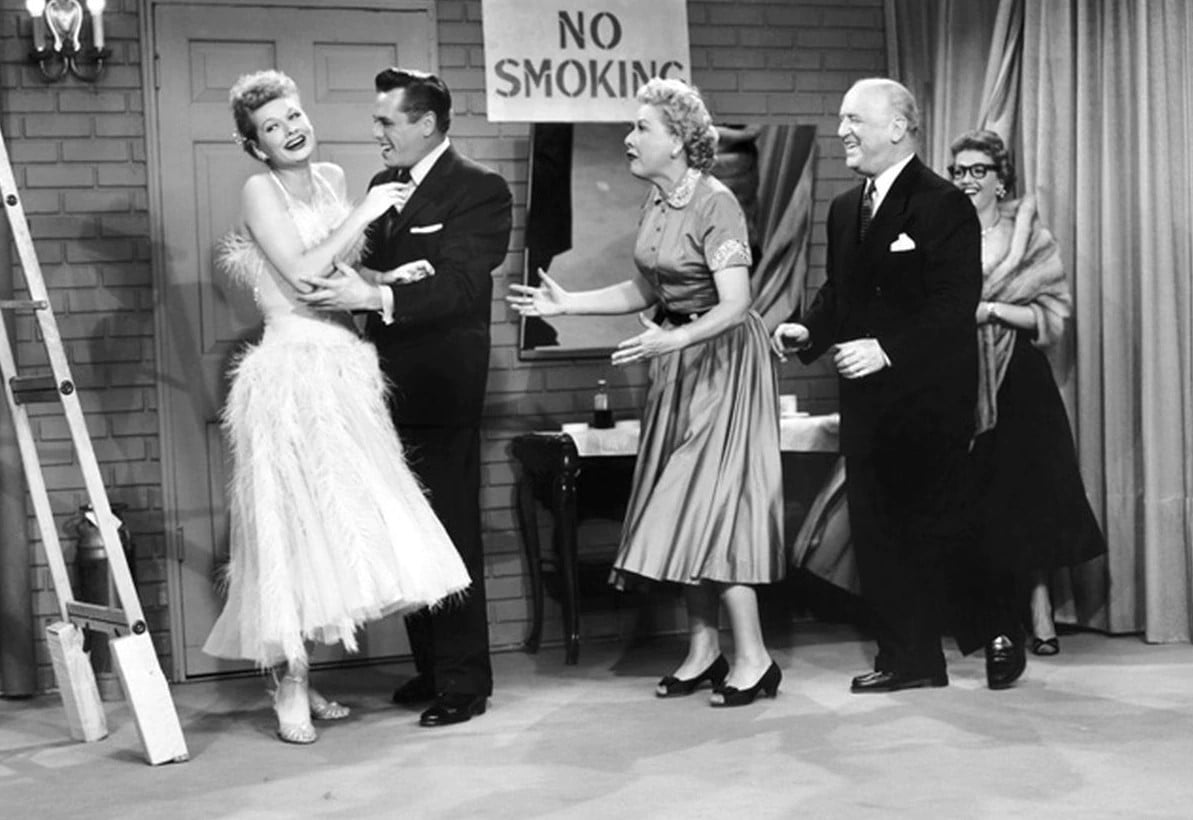
With such talented experts now directing the photography of television films—and this includes all the men named in the preceding list—it is obvious why the general image quality of TV film programs shows such tremendous improvement over what it was 12 to 18 months ago. The industry’s wisdom in choosing only the best men in the realm of cinematography to shoot its TV films is now paying off in a greatly improved product with consequent increased audience attention.
As some sage so aptly put it: “There is no substitute for experience.”
AC Archive subscribers can access this entire issue, as well as more than 1,200 others. Subscribe here.






